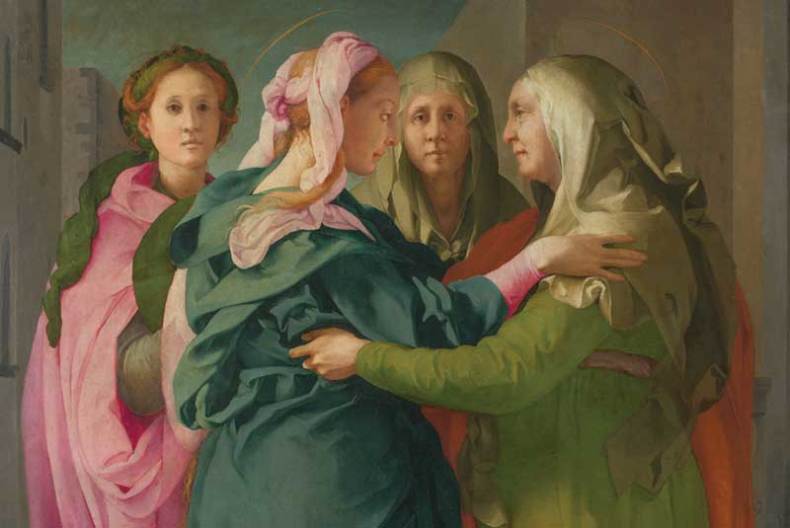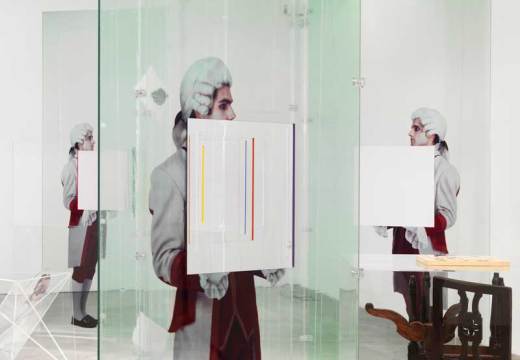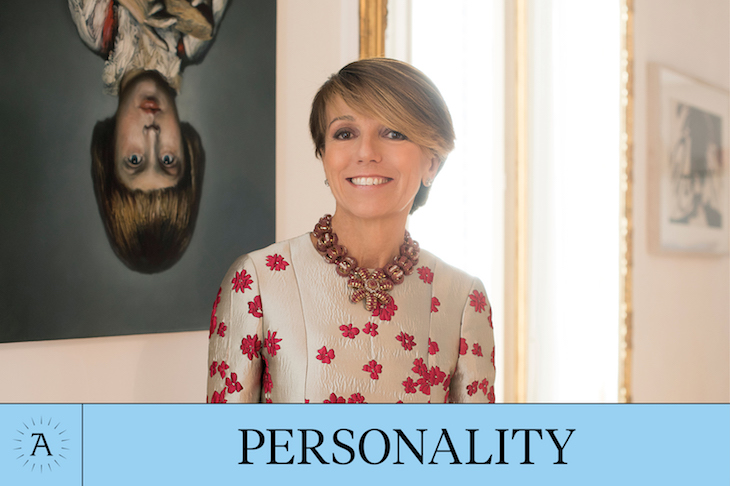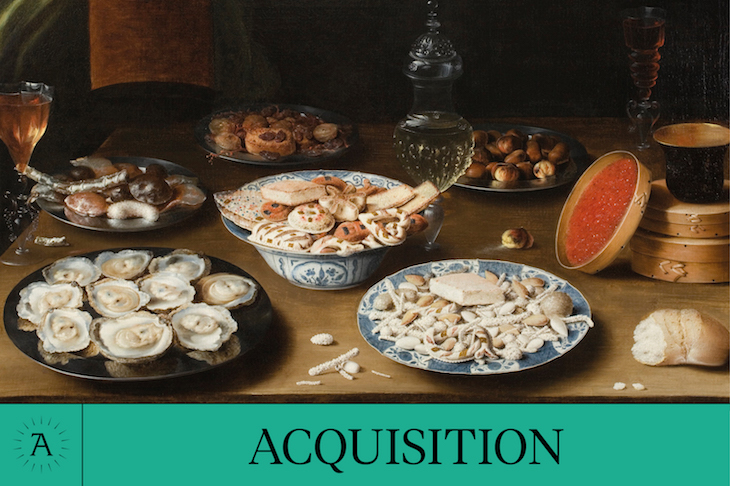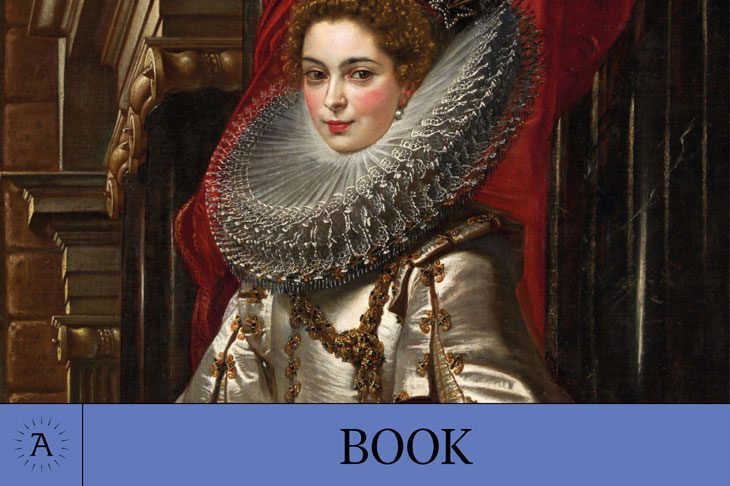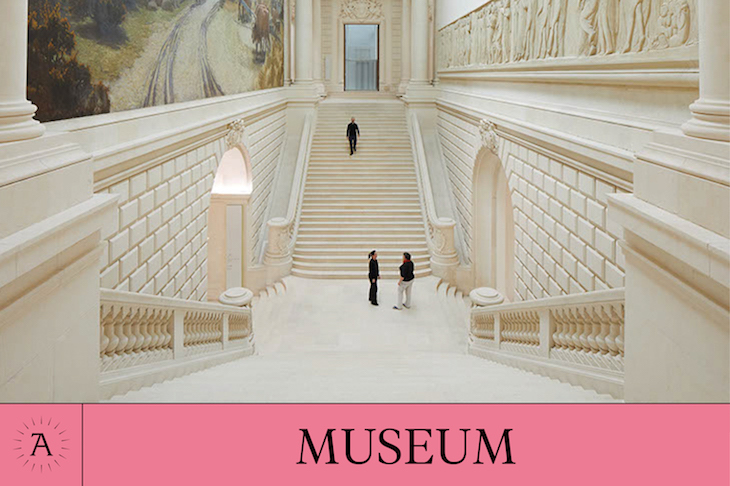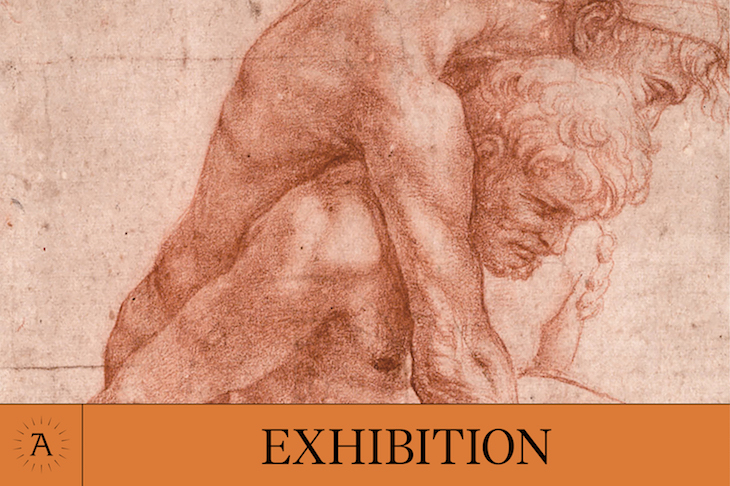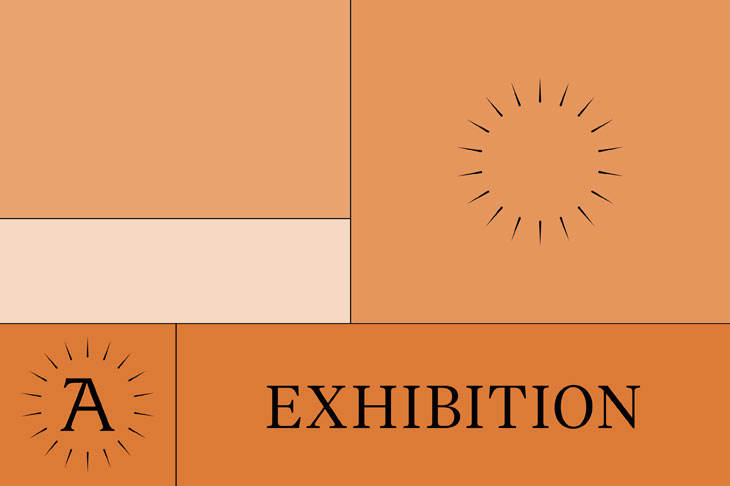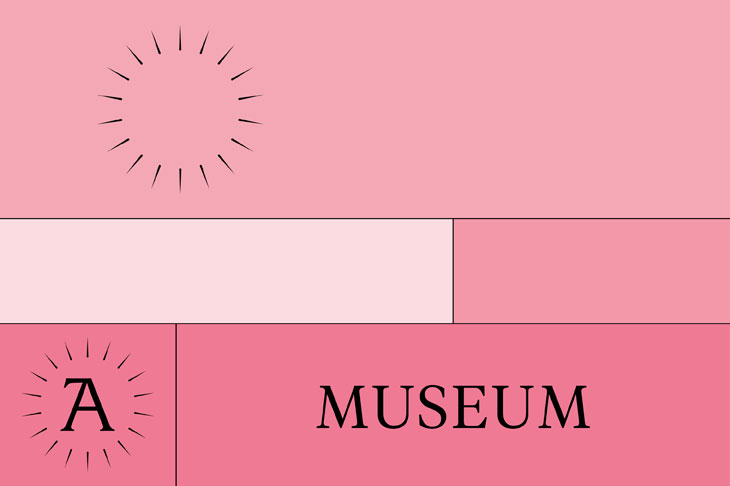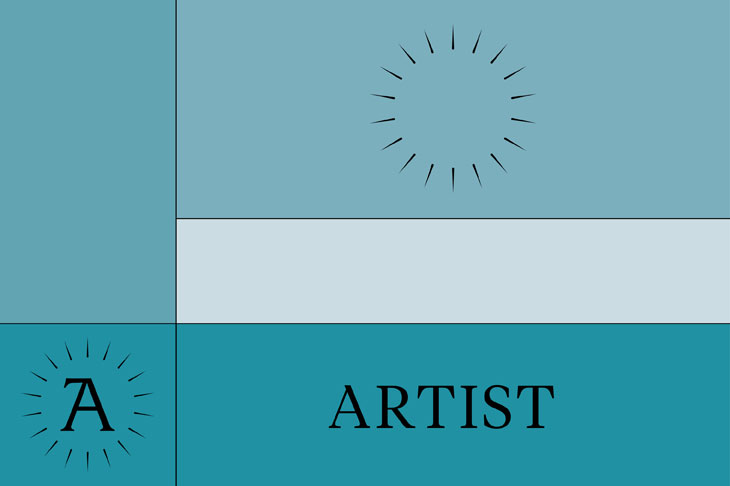Pontormo & Rosso Fiorentino: Diverging Paths of Mannerism
8 March–20 July 2014 | Palazzo Strozzi, Florence | Catalogue (English edition) by Carlo Falciani and Antonio Natali (eds.) ISBN 9788874612161 (paperback), €50 (Mandragora)
View the Shortlist
Apollo Award Winners 2014
Personality | Artist | Museum Opening | Exhibition | Book | Digital Innovation | Acquisition
If the early 15th century was Florence’s spring (celebrated in last year’s major exhibition at the Palazzo Strozzi, ‘The Springtime of the Renaissance: Sculpture and the Arts in Florence 1400–60’), what season was the early 16th century? Previous generations have implicitly described it as Florence’s autumn, lauding the intervening years and dismissively identifying 16th-century Mannerism as a decadent decline followed only by the icy blasts of Cigoli, Cortona and later grand-ducal collecting. But the Palazzo Strozzi’s new exhibition explodes this myth with a cracker of a show: ‘Pontormo & Rosso Fiorentino: Diverging Paths of Mannerism’. The Strozzi has established itself as the principal Florentine venue for ambitious exhibitions, and the benefits of a long lead-time are evident in the pictures that have been secured and in the campaign of restorations that has been undertaken. These newly restored loans provide the Florentine fireworks and establish the season as flaming June, when pyrotechnic celebrations across the city mark the feast day of Saint John.
Challenging the negative connotations of Mannerism is one of the stated aims of the exhibition, which tackles the task by comparing the development of two Tuscan artists, Rosso Fiorentino and Pontormo, both born in 1494. Differences of career and character emerge strongly, but also the unifying period eye that will see the pair bracketed together in perpetuity. The showing is largely chronological but falls away towards the end, particularly in the case of Rosso, who moved to France in 1530 and is thinly represented with works from this period. The Italian title for the exhibition is a little more nuanced than the English: it uses ‘maniera’ (Vasari’s word that translates as ‘style’) rather than the later -ism that it spawned, and the curators are keen to relocate the artists and their works in an appropriate context and not a methodological debate. This is effectively done, although an emphasis on complex iconographies is slightly at odds with this approach and replaces one ex post facto artifice with another.
The restoration that has been given most prominence is that of Pontormo’s bewitching Visitation (c. 1528–29), which has been lent from the church of San Michele Arcangelo in Carmignano. The powerful simplicity of this picture roots one to the spot; subtleties and details have emerged that clarify the painter’s intentions. The menfolk are not absent, they are just marginal and relegated to minding the means of transport: a mule now pops his head around the corner of the building. If Pontormo’s Capponi chapel in Santa Felicita in Florence is about illumination (light is the message according to a recent interpretation), then the Visitation is arguably about sight. The intensity of the gaze between the two principal protagonists is only reinforced by the stare in our direction of their two companions. Once made, the palpable connection requires one to reflect on what is transpiring between Mary and Elizabeth in a timeless moment. and although still, the positioning of the figures makes one think of a slow dance just as much as the rhythms depicted in Botticelli’s Primavera.
Some of the other restorations are equally impressive. The frescoes from the atrium of Santissima Annunziata have always seemed pale shadows of their former glory, but newly restored and transported to the Strozzi, these works by Andrea del Sarto, Pontormo and Rosso now stand out strongly. Pontormo’s Pucci Altarpiece (1518) from the church of San Michele Visdomini is now so much more legible than it has ever been in the church, and for all its debts to Raphael’s Madonna dell’Impannata (1513–14) it is confirmed as much more revolutionary than anything Raphael was trying in Rome in the same years. Vasari had commented on the vivid coloration of Pontormo’s panel, and it now seems that later sensibilities saw restorers deliberately trying to tone this down through heavy-handed repaintings and extra layers of varnish.
Rosso’s Marriage of the Virgin (1523) from the Ginori chapel in San Lorenzo has also been restored for the exhibition. Its dazzling colours flicker from afar (the picture is hung at the end of a long enfilade and it was this sight that reminded me of fireworks). Again the picture had suffered over the centuries – Vincenzo Meucci (1694–1766) was so pleased with his restoration in 1738 that he added his name on the step below Rosso’s signature. Recent discussions of the picture all refer to its dark tonality and ‘crepuscular’ style – despite Vasari’s emphasis on the picture’s sweet, marvellous and praise-worthy colouring – and so it is rejuvenating to see the picture restored to its former glory. Here too Raphael’s Madonna dell’Impannata has provided the artist with a source of inspiration for the figure of St Anne. We know that the Ginori altar in the Medici church of San Lorenzo was dedicated to St Joseph, which explains the choice of subject as the Marriage of the Virgin, but there is very little to explain why Joseph is shown as such a young man. (Usually Joseph is shown as elderly and bearded, having vanquished his rival suitors by presenting his ‘flowering rod’.)
The richness of this exhibition calls out for it to be seen, but there are some regrets. Although the exhibition’s title suggests that the two careers are compared throughout, when it comes to portraits and drawings the two artists have been given separate spaces, reducing the scope for comparison. But the quality in each of these rooms overrides this concern, and unlike so many 16th-century shows (such as that on Salviati in Rome and Paris in 1998) this reviewer formed the impression that the portraits were in each case all by the named artist. The only exception was the Portrait of a Man holding a Letter from a private collection, which is attributed to Rosso but has a very different finish. It might be some 20 years later than the proposed date of around 1514 – could it be by Pierfrancesco di Jacopo di Sandro Foschi?
Tom Henry is author of The Life and Art of Luca Signorelli (Yale, 2012)

The Apollo Awards 2014
Personality | Artist | Museum Opening | Exhibition | Book | Digital Innovation | Acquisition
Unlimited access from just $16 every 3 months
Subscribe to get unlimited and exclusive access to the top art stories, interviews and exhibition reviews.


